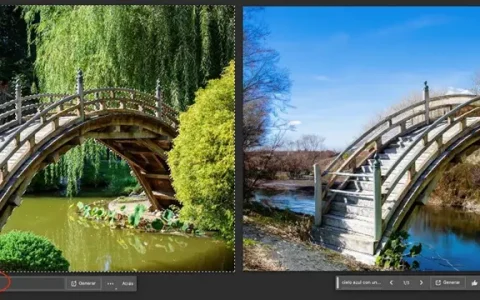àˆ passato poco più di un mese dall'annuncio da parte di Macromedia della nuova versione del Flash Player, quando un nuovo annuncio ci lascia di nuovo... a bocca aperta. Parlo della prossima uscita di Flex 2, del Flash Player 8.5 e di Actionscript 3.
Tra le novità più interessanti c'è la nuova classe per la gestione delle espressioni regolari, lo standard E4X per la manipolazione dei dati provienenti da fonti XML, un nuovo metodo per la compilazione del codice ed una nuovissima virtual machine denominata AVM-2.
Questo è un estratto dall'annuncio fatto sul sito di Macromedia:
Flash Player 8.5 builds on the advances in Flash Player 8 by focusing on improving script execution on the virtual machine. In fact, it includes a brand new, highly-optimized ActionScript Virtual Machine (AVM) known as AVM2. AVM2 is built from the ground up to work with the next generation of ActionScript 3.0 to support the needs of RIA developers. The new virtual machine is significantly faster, supports full runtime error reporting and industry-standard debugging. It includes binary socket support, allowing developers to extend the player to work with any binary protocol. Flash player 8.5 will also contain AVM1, which executes ActionScript 1.0 and 2.0 code, for backward-compatibility with existing and legacy content.
With ActionScript 3.0, we have achieved more than simple compliance with the ECMAScript standard; Macromedia now chairs the ECMAScript committee and helps drive its evolution. ActionScript 3.0 features a compilation mode for stronger compile-time type checking that provides the benefits of languages such as Java or C#. It supports new features to streamline data manipulation, including the E4X (ECMAScript for XML) standard, which extends the language and adds XML as a native data type allowing developers to more naturally interact with and manipulate XML. It adds regular expressions support for better text parsing and processing. It sheds some of the ad hoc event handling schemes in the old virtual machine in favor of a unified model based on the W3C DOM Events standard. And it has significantly updated APIs aimed at the application developer audience.
Se volete approfondire il tema Flex 2, potete leggere
nella sezione DevNet di Macromedia.



